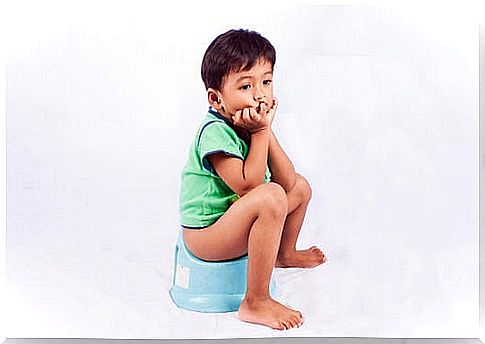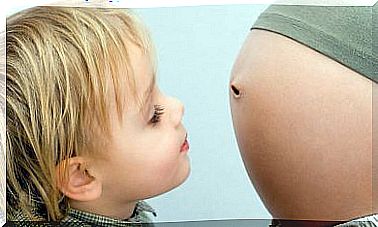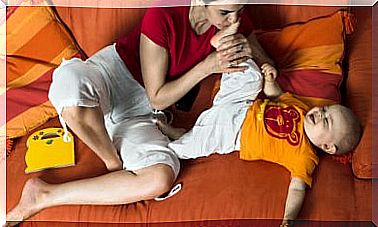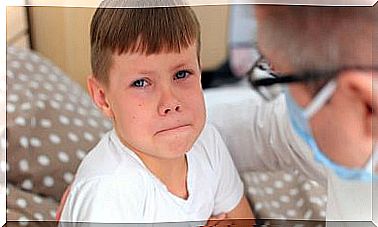Diet To Relieve Childhood Constipation
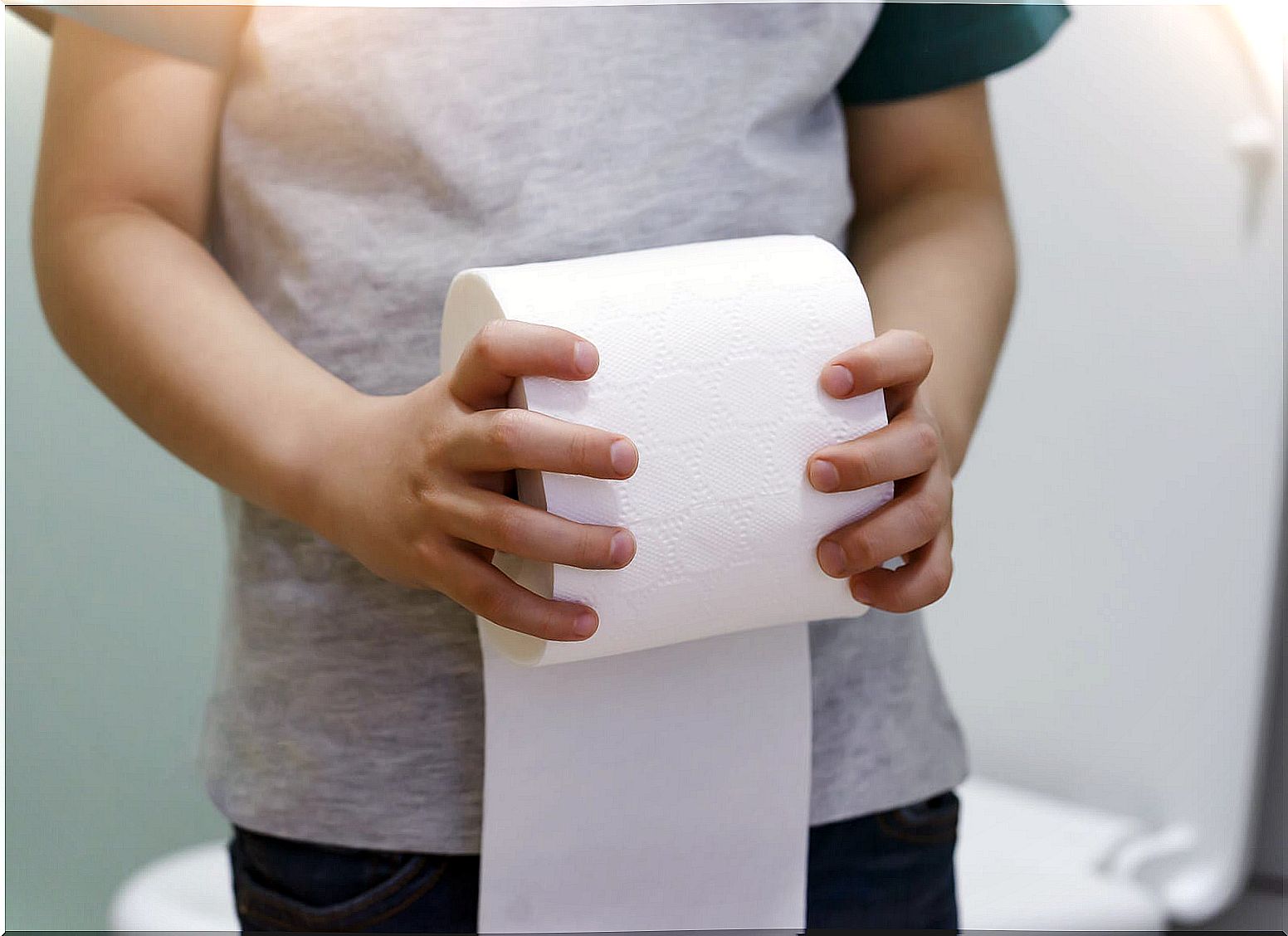
Did you know that 0.7 to 30% of children have constipation? Or that 95% of all cases are functional? This means that there is no apparent cause that justifies it, so his diagnosis is established according to the Rome IV criteria that we will mention later. In addition, among the multiple treatments, food stands out. Therefore, we are going to tell you how the diet should be to relieve constipation in children.
But first, would you know how to detect constipation in your child? Although the common idea is difficult to go to the bathroom or that the stool is hard, it needs to occur at least 3 times a week in a period of a month. It can even be accompanied by fecal incontinence, abdominal pain and swelling.
And finally, what nutrients do you think are necessary to promote intestinal transit? We are going to see them one by one in detail.
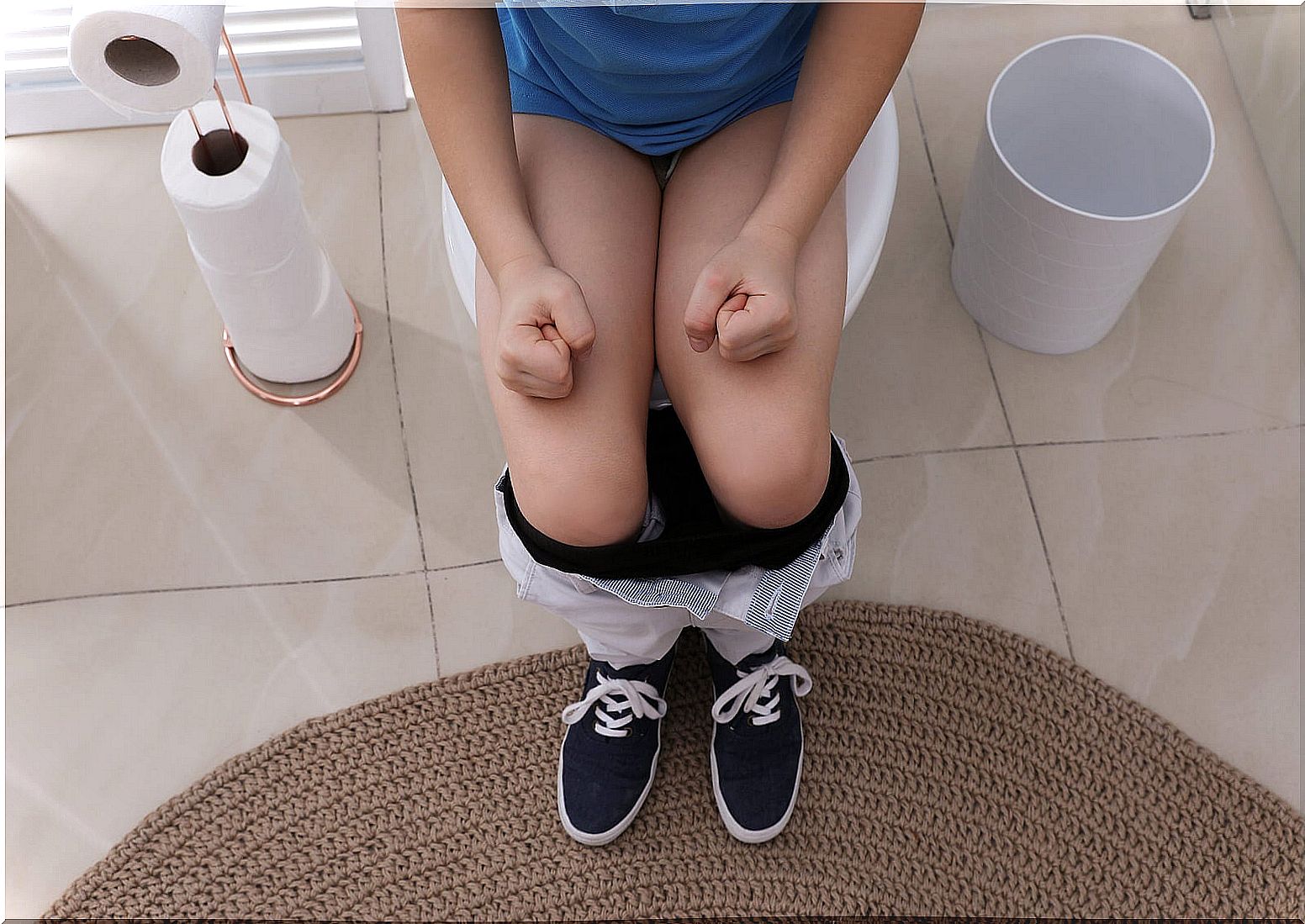
The role of fiber in the diet in alleviating childhood constipation
Without a doubt, fiber is the nutrient that is always taken into account even though its consumption is low in children. Why? They hardly eat fruits, vegetables, greens, and legumes. In addition, we accustom them to the refined version of rice, pasta and bread.
The daily recommendation is 10-19 grams per day from 12 months to 13 years. However, they barely consume 8-12 grams, as reflected in the following study on fiber consumption in Europe.
Therefore, the goal is to reach the normal range by consuming whole fruits, vegetables (1-2 times a day), legumes (3 times a week minimum), nuts and trying, as far as if possible, incorporate the whole wheat version of bread, rice and pasta.
However, keep in mind that ESPGHAN / NASPGHAN (European Society for Pediatric Gastroenterology, Hepatology and Nutrition) consider that exceeding the recommended daily intake is not beneficial.
Fluid intake to prevent constipation in children
Along with fiber, drinking enough water (1.5-2 liters a day) is the first intervention to combat constipation at any stage of life. Its function is to increase the consistency of the stool and to ensure that it is well lubricated to circulate throughout the intestine. As a consequence, the effort to evacuate them decreases.
The same thing happens with the oil that also manages to lubricate the mucosa, although it is not usually mentioned too much. In children, a minimum of 2 tablespoons is recommended for cooking and seasoning meals. Normally, you tend to add less amount for fear of gaining weight when fats are essential to generate hormones and vitamin D.
Likewise, it is recommended to give them apple, plum or pear juices, since they have a laxative effect as they are fruits rich in sorbitol.
Why and when is it advisable to avoid cow’s milk?
Avoiding cow’s milk is a useful strategy in cases where conventional management is ineffective, especially in children with an allergy to cow’s milk protein. It seems to be a secondary symptom due to inflammation of the colon mucosa, the improvement of which is observed in 28-78% of cases.
Are probiotics and prebiotics in the diet effective in relieving constipation in children?
First of all, probiotics are living microorganisms that colonize the intestine to promote digestion, nutrient absorption, etc. Instead, prebiotics are their food, found in vegetables, rice, and potatoes.
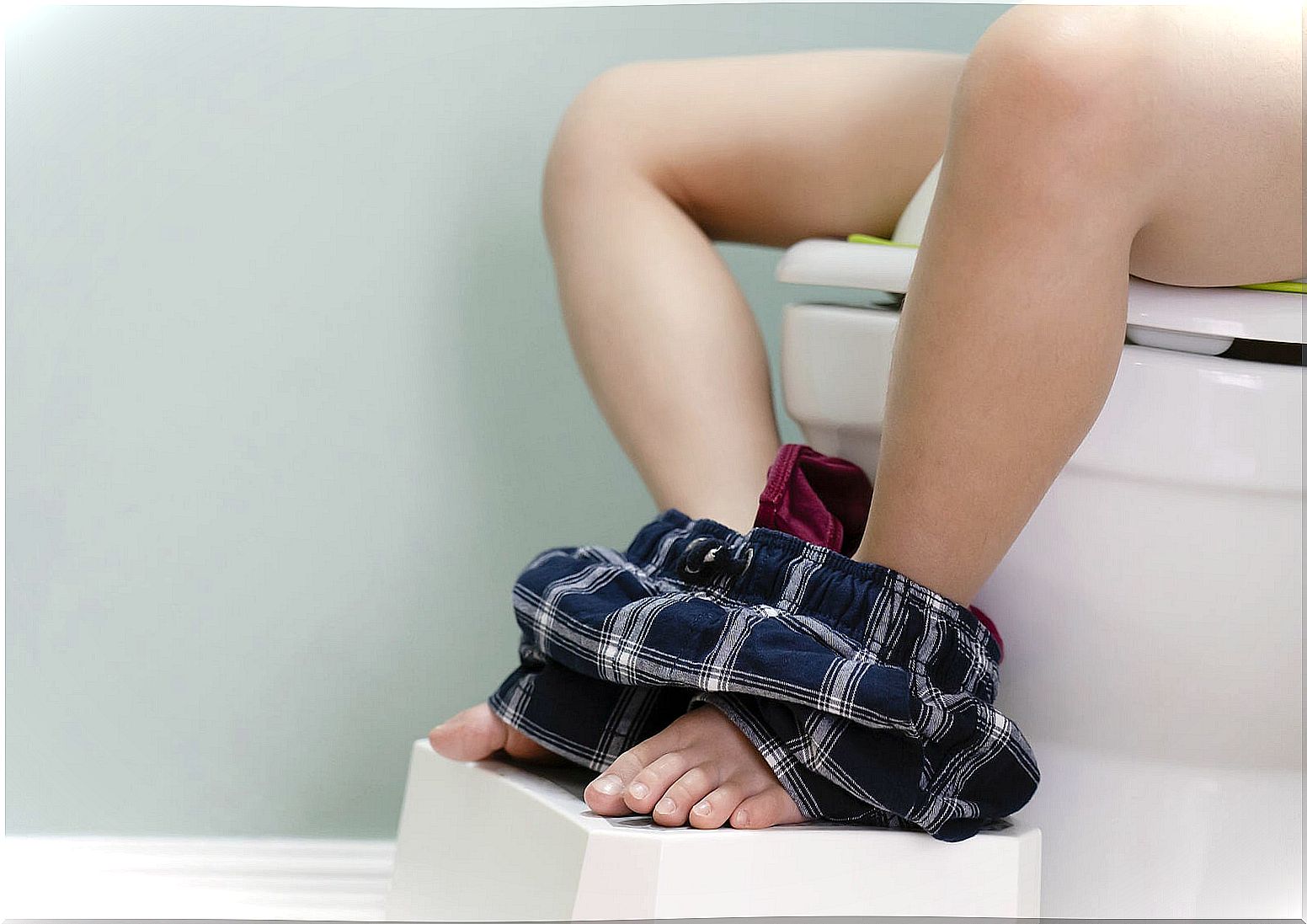
But even though some species such as the Bifidobacterium and Lactobacillus increased frequency of defecation and intestinal transit, the heterogeneity of the studies by the dose, species and duration of use is difficult consensus to recommend them .
Other complementary strategies to the diet to relieve childhood constipation
Although we have focused on the diet, laxatives serve to disinfect the stool and prevent a plug from being generated. The type will depend on the clinical picture and the secondary effects that arise, although the most used are oral enemas, magnesia salts or mineral oil. It is also advised that little ones get physical exercise daily to stimulate a bowel movement.
Finally, all professionals insist on starting with the lifestyle, promoting the consumption of vegetables and fruits on a daily basis, drinking water both with meals and between meals and using oil. If you do not see any improvement, it is important to see a doctor to assess the situation and prescribe the drug that he deems appropriate.
